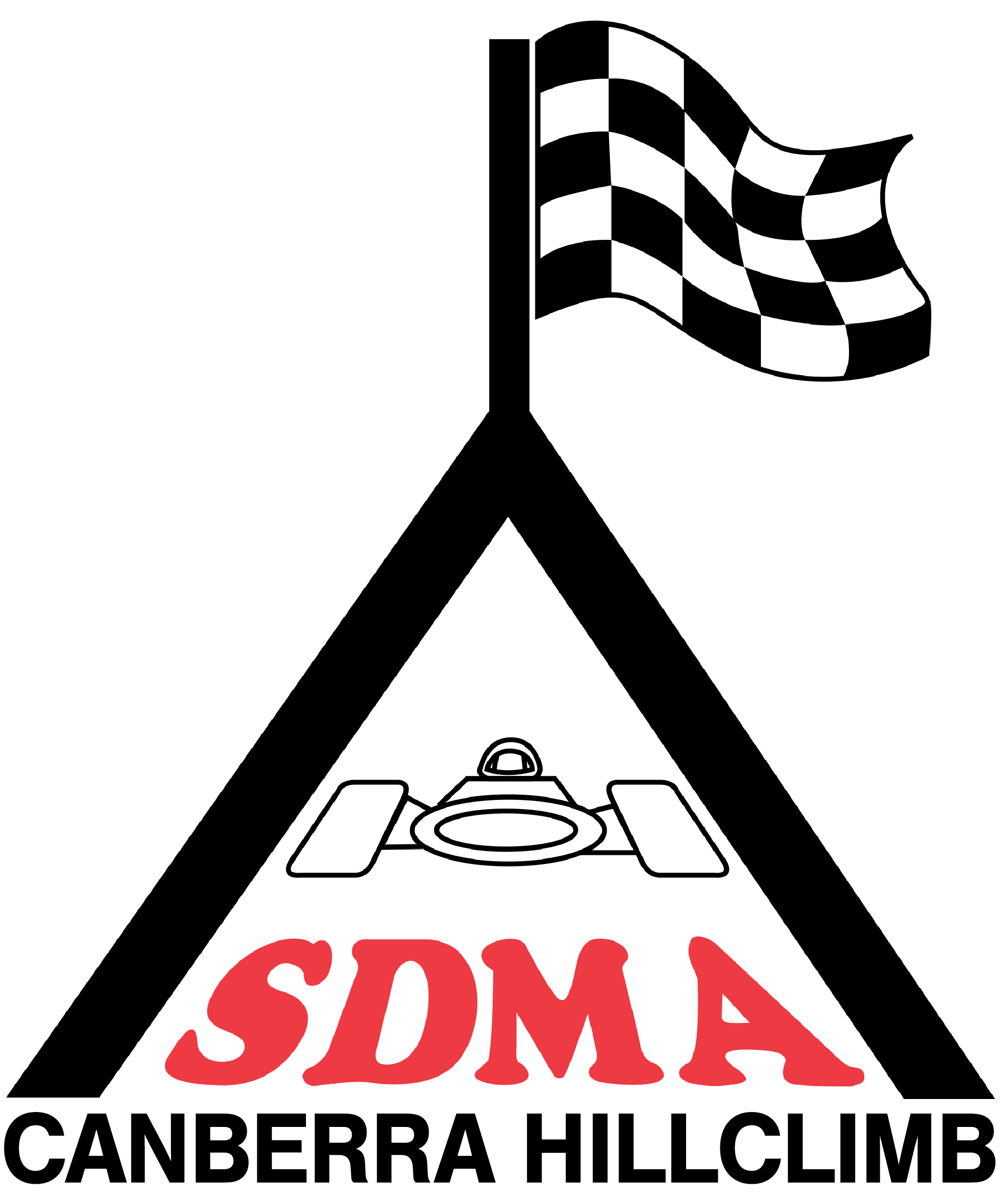What Hillclimb Class am I in?
Questions to Consider:
1. Is your vehicle a production car, a low volume exotic, an open wheeler, an individually constructed car or other purpose built race car?
2. Is it two-wheel drive or all-wheel drive?
3. Is it modified?
4. To what extent is it modified?
The answers to these questions will lead you to the correct competition class. Then determine the correct engine capacity, complete the entry form and come racing.
The Correct Class
The key considerations in determining SDMA’s Competition Classes are set out below.
For a complete description of each class use the links to “Full Class Descriptions” at the top and bottom of this page. The full class descriptions indicate both the type of vehicle (ranging from standard road cars to specialised single seat open wheel racing cars), together with the permitted modifications for each Class.
1. If your car is a two-wheel drive production vehicle, suitable for road registration, depending on modification it will run in either Class A or B.
2. If your car is an all-wheel drive production vehicle, suitable for road registration, depending on modification it will compete in either Class C or D.
3. If your car is a low volume, exotic, individually constructed or other special compliance vehicle suitable for road registration, it will run in Class E.
4. If your car is dedicated to competition, i.e. modified, (re)designed and/or fabricated for that purpose, it will run in Class F, G or H.
The Correct Capacity
The EVENT ENTRY FORM on the club’s On-Line Entry System needs to know both your vehicle CLASS and ENGINE CAPACITY.
Each Class has four capacity groups, measured in cubic centimetres (cc):
Classes A to F: Classes G & H
0cc to 1600cc 0 to 750cc
1601cc to 2000cc 751cc to 1300cc
2001cc to 3000cc 1301cc to 2000cc
3001cc and over 2001cc and over
The entry form will AUTOMATICALLY calculate your engine capacity. To do this it will first ask for your base engine capacity, then ask for the fuel type and then whether you have ‘forced induction’ (i.e. turbo charging or super charging).
Based on your replies, it will automatically calculate your Class capacity group using these multipliers:
1. If the car is normally aspirated (i.e. no turbocharger, no supercharger) the capacity group will be the engine capacity.
2. If the car is turbocharged or supercharged, the entry form will multiply your engine capacity by 1.7 for petrol and 1.5 for diesel. The result is your engine capacity group.
3. If the car has a rotary engine, the entry form will multiply the engine capacity by 1.8. The result is your engine capacity group.
4. If the car is a turbo charged or supercharged rotary, the entry form will apply both multipliers (i.e. multiply by 1.8 and then by 1.7) to get a final multiplier of 3.06. The result is your engine capacity group.
27 February 2023
